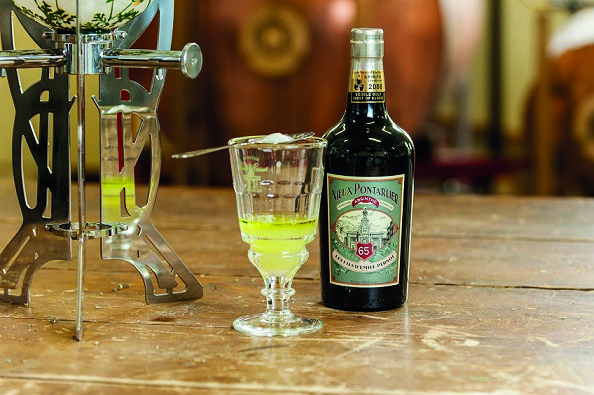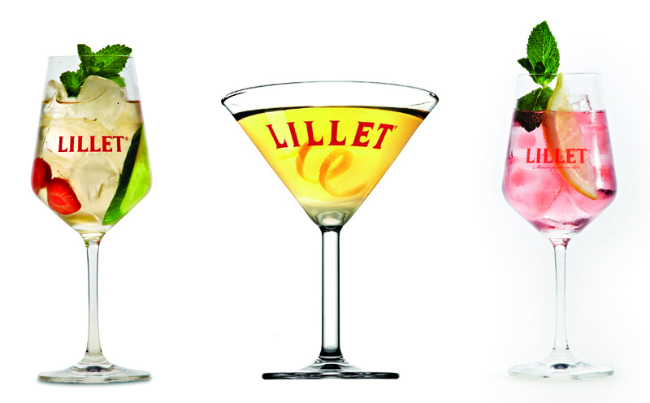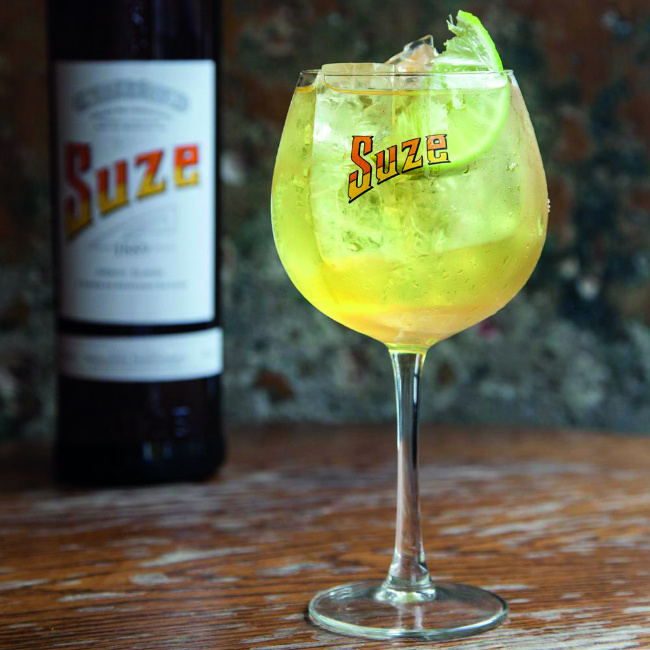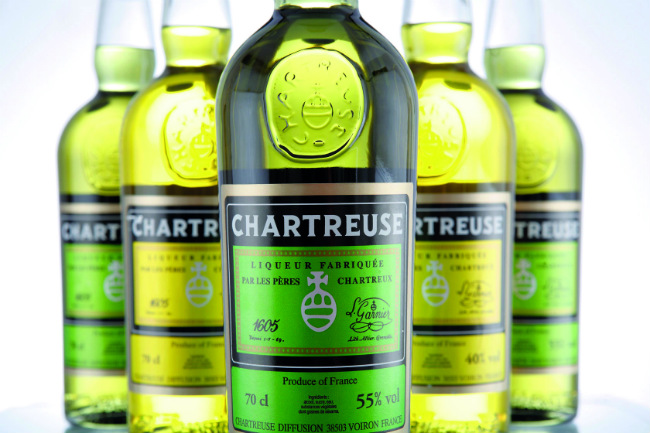Blast from the Past: Return of the Fairy and Resurfacing Drinks in France

Banned for the best part of a century for nudging good men to the brink of insanity, absinthe has made a meteoric comeback of late. But despite its recent rehabilitation, the Green Fairy remains synonymous for many with debauchery and, of course, Van Gogh’s ear-chopping spree – an unfair rap French distillers are determined to set right.
“Today we know that absinthe’s reputation as a dangerous madness-inducing drink is completely unfounded,” explains Aline Dornier, head of export at Distillerie Les Fils Emile Pernot, which has been producing absinthe and artisanal liqueurs in Franche-Comté since 1890. “Drinking to excess was the issue, not absinthe itself. The ban imposed in 1915 was the result of a campaign by wine producers to crush their main competitor, absinthe.”

Once hailed as the “muse of artists”, absinthe is distilled from various herbs, including its key ingredient Artemisia absinthium (known as grand wormwood) which contains thujone – often purported to cause hallucinations and fits. “The non-initiated wrongly describe thujone as ’the danger molecule’,” Aline goes on. “Many people believe it’s actually been removed from the absinthe sold today but it’s not the case. It’s a natural component of the absinthe plant. But it’s true its concentration is regulated and limited to 35mg per litre of pure alcohol. That said, studies undertaken on pre-ban bottles have shown that on average they contained 17mg per litre, so they would have been very much in line with current regulations.”
The blanket ban was later relaxed, allowing the tipple to be sold in France as long as it was not called “absinthe” but labelled “spirit made from extracts of the absinthe plant”. It was finally reinstated as bona fide “absinthe” in 2011. This, coupled with the end of a Stateside ban in 2007, has gone some way to restore the anise-flavoured spirit as connoisseurs’ nip of choice. Of course, there’s only one way to truly separate the myths from the facts, points out Aline. “It’s to taste it. Absinthe has become a legend, everyone has heard about it, for better or worse, but very few people have actually tried it. Not only is it legendary, it makes a lasting impression.” For further details visit en.emilepernot.fr

Top 3 Resurfacing Drinks
Inspired by absinthe’s revival, we take a quick peek at the other tipples making a comeback in France
LILLET
First emerging at the tail end of the 19th century in Podensac, Lillet is a sweet and silky aperitif blending Bordeaux wines with citrus liqueurs. It also makes a nice, fruity addition to cocktails!

SUZE
Gentian is a hardy herb that sets its roots in the mountains. Renowned for its bitter flavour, it’s the star ingredient of Suze, the popular aperitif liqueur. Drink it straight, with orange or tonic.
Concocted by Carthusian monks, this liqueur comes in two forms: green and yellow. It’s the former that’s best known, thanks to its bold colour stemming from 130 plants.
From France Today magazine

Chartreuse
Share to: Facebook Twitter LinkedIn Email
Leave a reply
Your email address will not be published. Required fields are marked *




REPLY